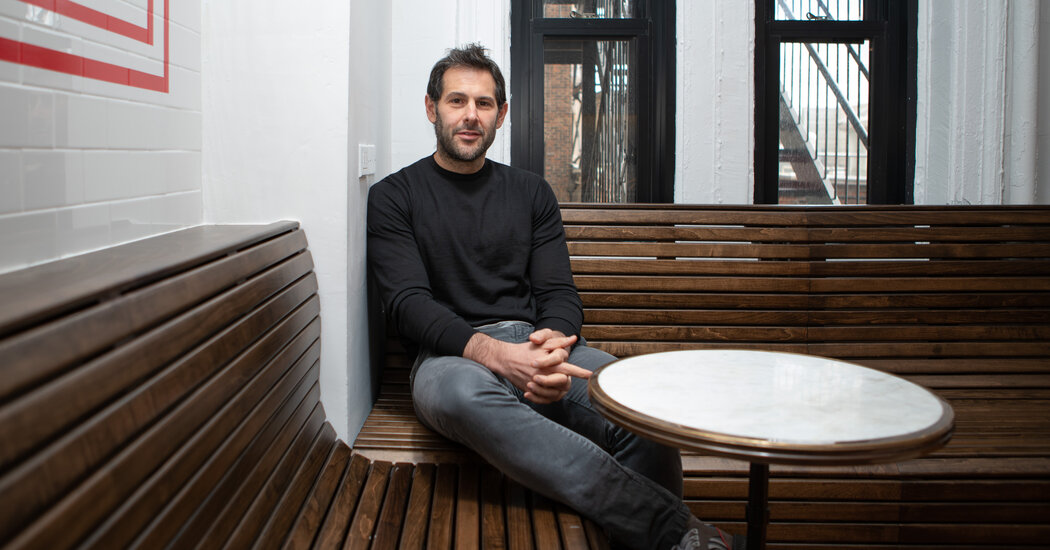
Like other rewards programs, Blackbird collects basic personal data — name, ZIP code and birth date — as well as the details of each check: what you ordered, special requests, food allergies and the like.
“Independent restaurants don’t have the tools to make use of that raw data,” Mr. Leventhal said. “There’s a difference between knowing it’s someone’s birthday and being able to contact that person and invite them in for a drink.”
Each restaurant can determine its own system of rewards, with tiers (akin to gold, platinum, diamond, etc.) based on the number of visits. Additionally, on each visit, customers earn a certain amount of credit, called $FLY, that can be spent at any Blackbird restaurant. In technology terms, “fly” are native tokens, but for practical purposes they operate just like credit card points or airline miles.
Blackbird installed chip readers under the tables at Nat’s on Bank, so that when a member is seated and places a phone on the table, the restaurant gets an automatic alert. Nat’s Tier 1 customers get a free cocktail on the second and fourth visits. On the seventh visit, they move to Tier 2, which earns more treats, plus restaurant merchandise like hot sauce, water bottles and scented candles. Tier 3 kicks in at the 10th visit, with a free appetizer on every visit, and other benefits to be determined.
Blackbird earns “a few cents” from each member visit, said Mr. Leventhal, and may eventually charge restaurants to license the software. He acknowledged that, like many other companies, Blackbird will also be able to monetize the data it collects. But unlike other platforms like Resy and OpenTable, Blackbird will allow restaurants to see data from all the members, not just those who dine in their own restaurants.



